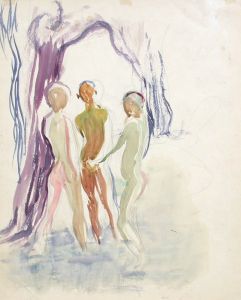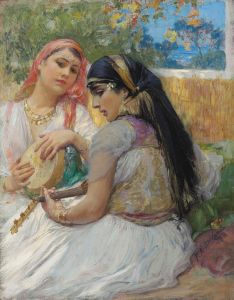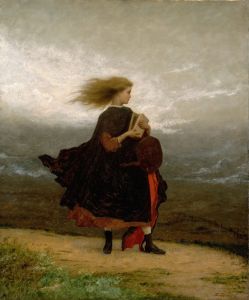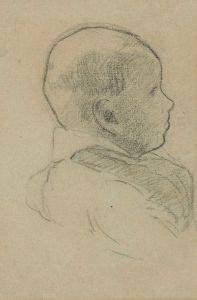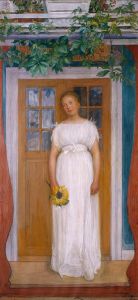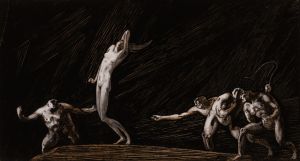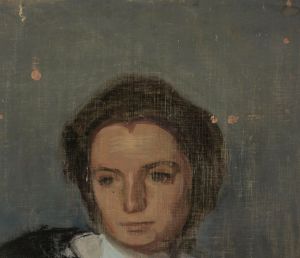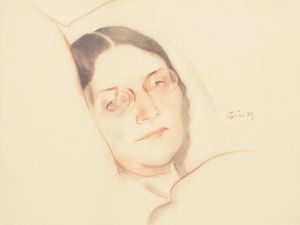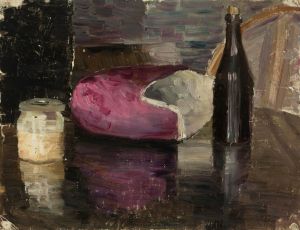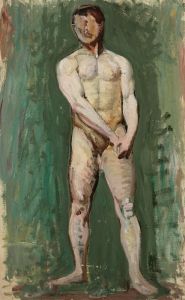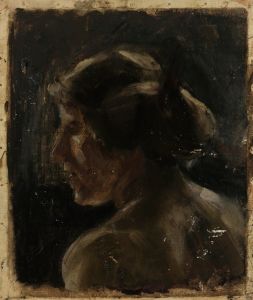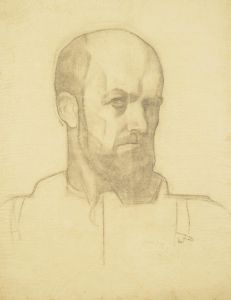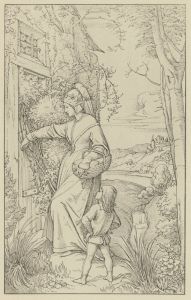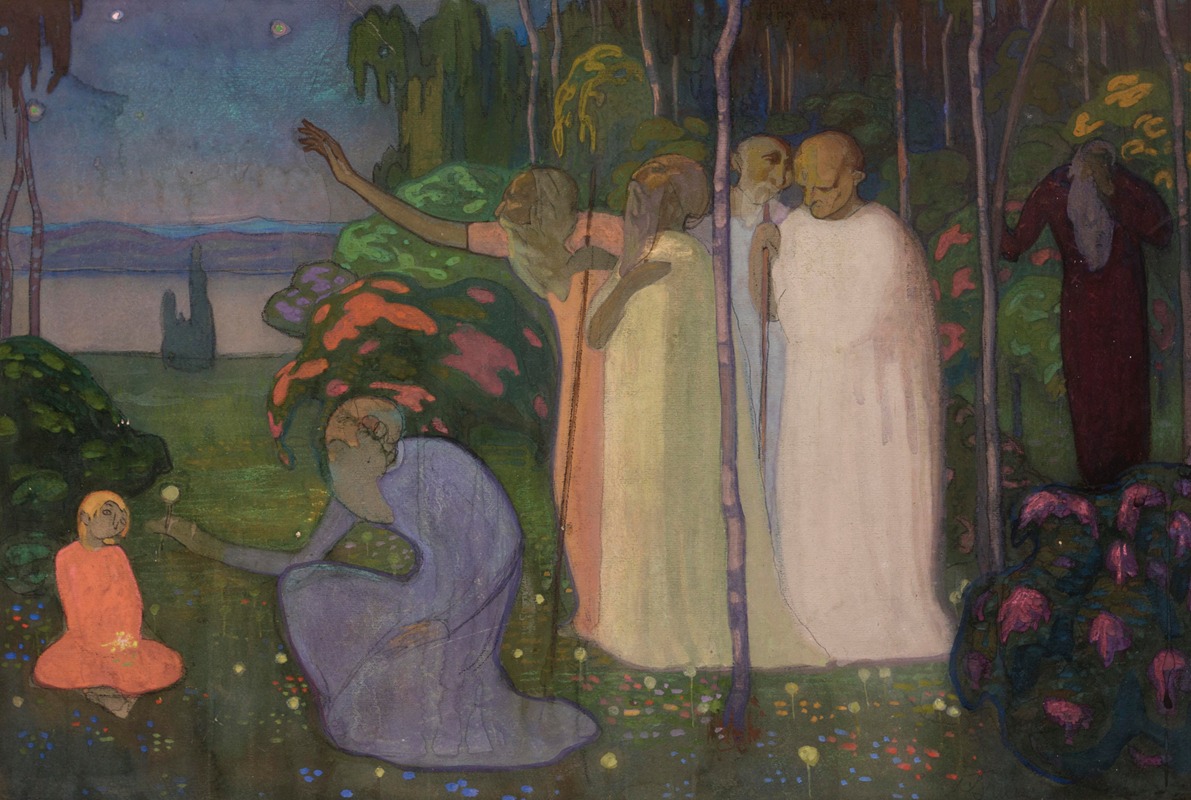
Tõusva nooruse ees
A hand-painted replica of Nikolai Triik’s masterpiece Tõusva nooruse ees, meticulously crafted by professional artists to capture the true essence of the original. Each piece is created with museum-quality canvas and rare mineral pigments, carefully painted by experienced artists with delicate brushstrokes and rich, layered colors to perfectly recreate the texture of the original artwork. Unlike machine-printed reproductions, this hand-painted version brings the painting to life, infused with the artist’s emotions and skill in every stroke. Whether for personal collection or home decoration, it instantly elevates the artistic atmosphere of any space.
Nikolai Triik was an influential Estonian painter and graphic artist, known for his contributions to the development of modern art in Estonia during the early 20th century. One of his notable works is "Tõusva nooruse ees," which translates to "In Front of the Rising Youth." This painting is an important piece within the context of Estonian art history, reflecting the cultural and artistic shifts occurring during Triik's time.
Nikolai Triik was born on August 7, 1884, in Tallinn, Estonia. He studied art in Saint Petersburg, Russia, and later in Finland and Paris, where he was influenced by various modernist movements, including Symbolism and Expressionism. Triik's exposure to these diverse artistic styles played a significant role in shaping his unique approach to painting, characterized by bold colors, dynamic compositions, and a focus on emotional expression.
"Tõusva nooruse ees" is emblematic of Triik's style and thematic interests. The painting captures the spirit of youthful ambition and the quest for new beginnings, themes that were particularly resonant during the early 20th century as Estonia was undergoing significant social and political changes. This period was marked by a burgeoning national consciousness and a desire for cultural independence, which were reflected in the works of many Estonian artists, including Triik.
The painting is noted for its vibrant use of color and dynamic composition, which convey a sense of movement and vitality. Triik's technique often involved the use of bold brushstrokes and a vivid palette, elements that are evident in "Tõusva nooruse ees." These stylistic choices not only highlight the emotional intensity of the subject matter but also align with the broader trends of modernist art, which sought to break away from traditional artistic conventions and explore new forms of expression.
In addition to its artistic significance, "Tõusva nooruse ees" holds cultural importance as it reflects the aspirations and ideals of a generation of Estonians who were striving for national identity and autonomy. The painting can be seen as a visual representation of the hopes and dreams of a society on the cusp of transformation, making it a poignant symbol of the era.
Nikolai Triik's contributions to Estonian art extend beyond his paintings. He was also a prominent figure in the Estonian art community, participating in exhibitions and collaborating with other artists to promote modern art in Estonia. His work has had a lasting impact on the development of Estonian art, influencing subsequent generations of artists and helping to establish a distinct national artistic identity.
Today, "Tõusva nooruse ees" is regarded as one of Triik's masterpieces and is preserved as part of Estonia's cultural heritage. It serves as a testament to the artist's skill and vision, as well as a reminder of the dynamic period in which it was created. The painting continues to be studied and appreciated for its artistic and historical significance, offering insight into the cultural landscape of early 20th-century Estonia.





